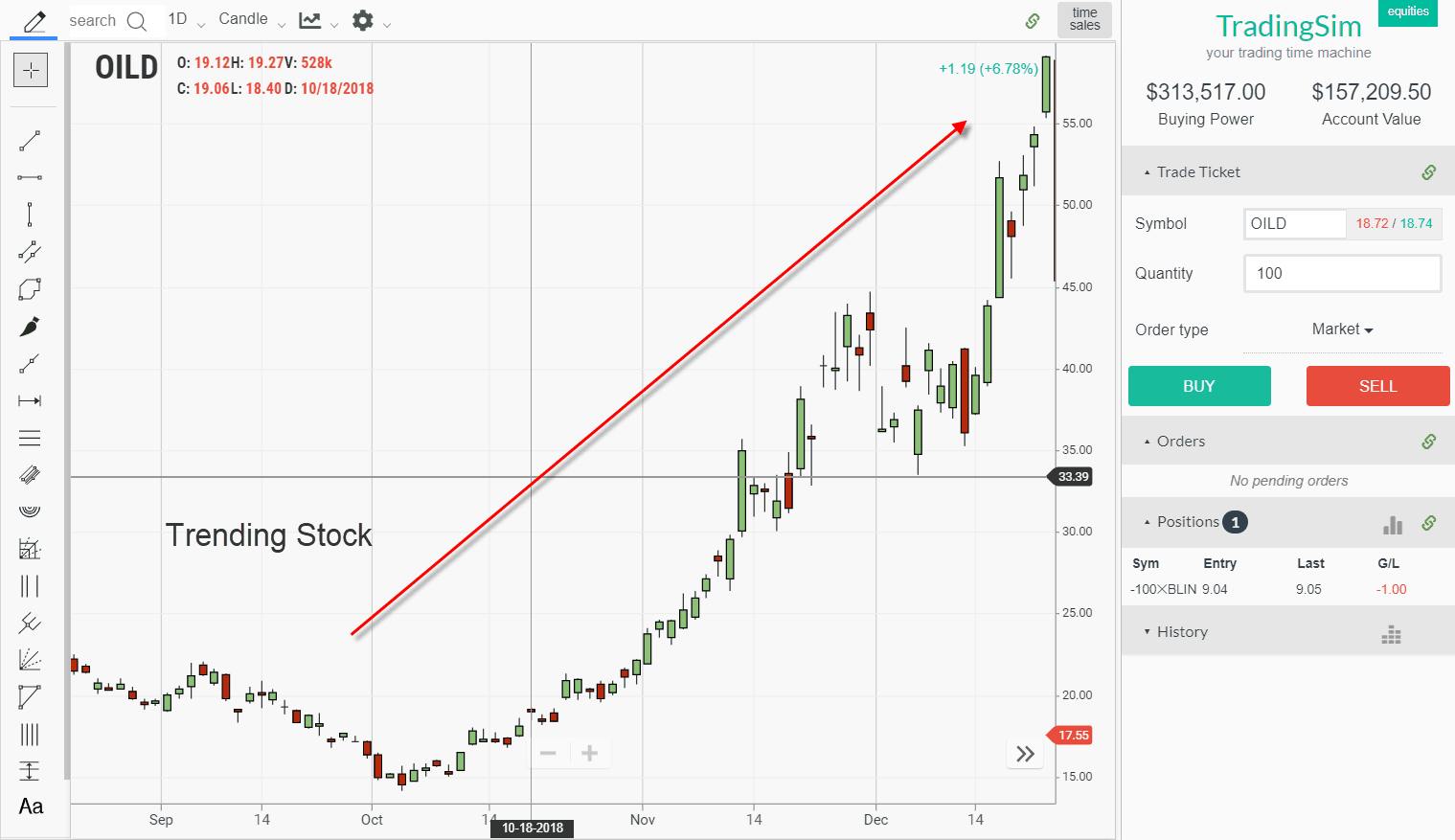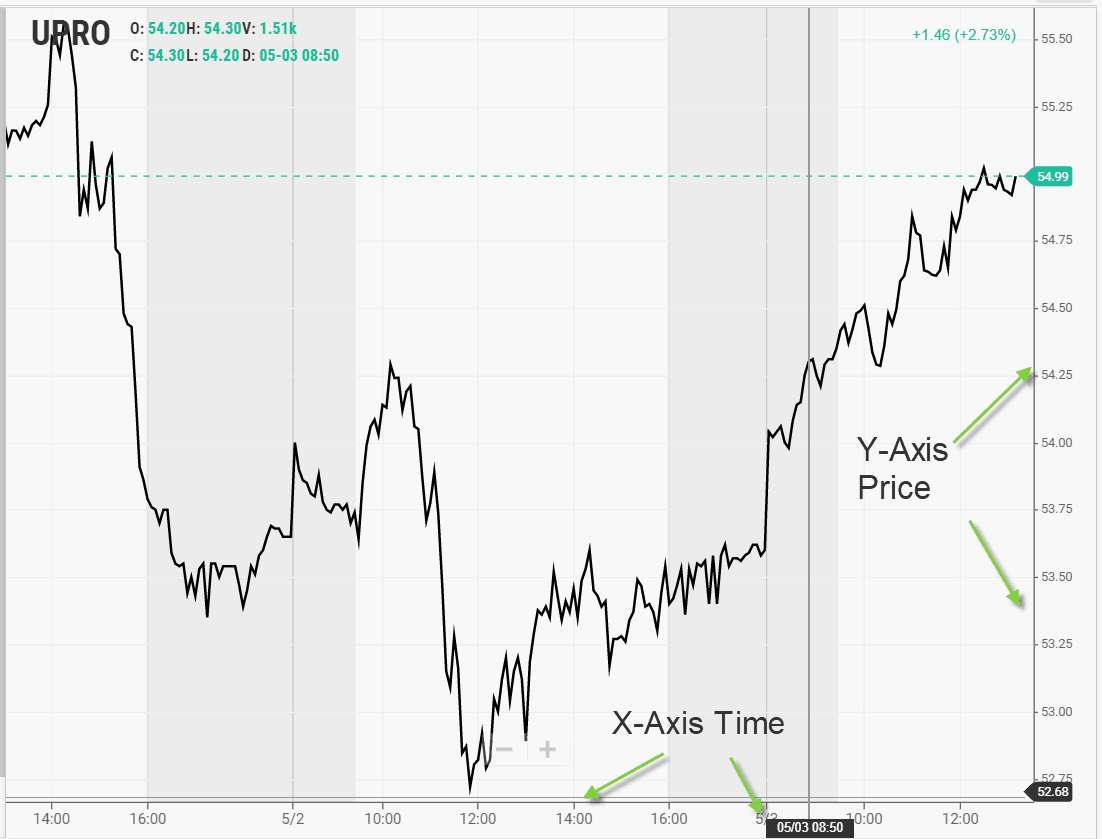In this post, I will cover many of the reasons you should think twice before blindly following daily stock picks.
For some of you, this may be a hard pill to swallow because you may have just purchased a daily stock picking service. I promise I will not bash all daily stock picking services because I have not seen them all.
However, I will make a case as to why you need to do your homework and not solely rely on these services.
Trading is Work

I firmly believe in working smarter and not harder. However, if you are going to trade with money, you need to understand the markets.
This does not mean you need some advanced economics degree, but you need to become a master of your trading strategy.
If someone is literally telling you what stocks to pick, how are you taking the right steps to gain the experience required to make real progress in your trading?
No Accountability
For new traders, you will make more mistakes in the beginning than you will want to keep track of. This level of pain is part of the process which helps you weed out poor behaviors that lead to unnecessary losses.
Well, when you receive daily stock picks, how do you take accountability for bad decisions?
Let’s say you subscribe to a service and you receive the morning email of the top five stocks of the day. In this email, there are clear instructions for each play.
Now, you pick one to trade and just by chance it’s the only one that doesn’t work out.
What will be your next steps? Do you dig deep and figure out where things went wrong or do you just pound the table and blame the service?
No Post Mortem
If you watch any weather service they do a great job of telling you the forecast and what is expected to happen. But how many local news stations perform a review of their forecast against actual numbers. Let me help you, it never happens.
Well, daily stock picking services are no better. You will get an email blast of a handful of stocks to keep an eye on but will the service send you a post mortem of each setup?
Likely not. What you will get is a recap of the trades that worked out.
So, how do you grow as a trader if you these services do not dissect every trade suggestion? Reviewing your trades daily and journaling is what you need to do to take you to the next level.
Best Action is No Action

The other thing is you may feel the need to place a trade just because you have seen a stock in some daily stock picking service. This can lead you to feel like you have to do something. At times the market will literally have no clear setups.
This can happen around holidays or during dull trading days in the summer.
You have to be careful that when you review the list of daily stock picks these are suggestions and not specific instructions you need to take in the moment.
Sometimes you need to mimic the cat in this photo and just take it easy.
Free Daily Stock Picks versus Paid Services
Free Services
I will reiterate I am not here to bash any particular service, but I do want to caution you against free daily stock picks. These services do not provide you any real trade information in terms of entry levels and exits.
For example, do a search for daily stock picks and you will likely get a list of stocks like the one listed below.

Do you see how many results are in the table? That’s right – a whopping 59. What can you possibly do with that many options?
Ratings
Some of the free services will attempt to minimize the size of this list by placing letter ratings on each symbol. You will see ratings of A through F which will anchor you back to your school days.
The only challenge again with these ratings are they don’t tell you how to actually trade the position.
Delay
When I say delay this speaks to the slowness of the dissemination of information. With the free services and daily picks from larger institutions which are broadcast publicly on websites, the plays are posted at the beginning of the day.
Now, if you are swing trading, this isn’t a big deal because you have time to watch the position and for the trade to work out.
However, if you are day trading, the slowness of information can be a killer to your trading performance.
For example, if you receive notice of a long play, what happens when market internals change that invalidates the buy signal? That’s right, you will not get a revised daily stock list because it’s posted first thing in the morning.
Paid Services
Now for paid, you will at a minimum get more information on the picks in terms of how to trade them. What you can do if you are interested in using a daily stock picking service is to signup and monitor the service. This way you can measure the quality of the stock picks to see if they are valuable.
But please do not make the mistake of just buying or selling because you received an email.
Don’t Put All Your Eggs in One Basket
Instead of looking to daily stock picking sites as your golden ticket. You can use these services to help you with your morning prep work. Again, it’s a matter of shifting your focus from just blindly following picks versus using these as inputs.
If you don’t take my word for it, think about all of the investors that blindly invested with Manny Buckus and his daily stock picks. According to the SEC, not only was Buckus not making the trades, but he also paid another person to post trade recommendations and that person wasn’t making any real trades either. [1]
The SEC has even gone as far as releasing an official statement warning retail investors against the risks of investing in stocks based on stock picking services. [2]
All Picks Are Not Created Equal
Since I day trade, if I follow daily stock picks from a swing trading site, what do you think will happen? That’s right, I will likely be disappointed with the results.
You have to apply this same logic to daily stock picks. If you are going to leverage this is a tool, you have to ensure the supplier of this information is aligned with your stock screening process.
This way the picks help ease the amount of research required on your end versus giving you a way out from doing the hard work.
How Tradingsim Can Help?
Within Tradingsim we provide the hot stocks of the day for the last two years right within the platform. This way you can practice trading the respective stock on the move.
Without this lookback capability, you essentially have no way of knowing the hot stocks of the day, weeks, months and years in the past.








































